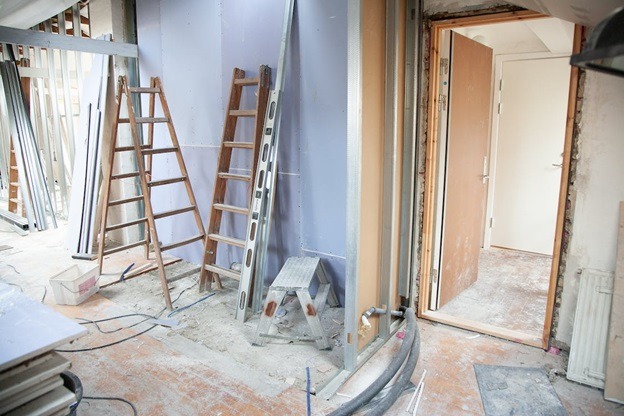If you have an upcoming renovation or building construction project, you will probably be working with plastic shims for various purposes. They especially come in handy for closing small gaps between construction materials.
This piece highlights the various uses of plastic shims in home construction and renovation, alongside a few tips on selecting the right type for your needs.
What Are Plastic Shims?
Plastic shims are thin sheets or plates made from materials like polyethylene, polypropylene, or polystyrene, which are used to level surfaces or fill in small gaps or spaces between materials before they can be joined or screwed into place.
Shims are used in a wide variety of construction projects, such as installing floors, drywall, baseboard, windows, and doors. They are also particularly helpful in renovation projects for filling gaps between tiles and countertops or cabinets and flooring.
Below are some more quick facts you should know about plastic shims.
Types of Plastic Shims
There are many different types of plastic shims, but some of the most common are made from polyethylene or polypropylene. Other common types of plastic shims include those made from PVC, ABS, and PET.
Plastic Shim Plates Come in a Range of Sizes
Plastic shims are available in a wide variety of sizes in terms of length, width, and thickness. Typically ranging from several mm to half an inch, the thickness of plastic shim plates usually determines their uses and applications. Thinner shims are typically used to level surfaces, while thicker ones are suitable for joining materials.
Therefore, large-scale renovation or construction projects may require plastic shims in various sizes and thicknesses.
Common Uses of Plastic Shims in Home Construction
As earlier hinted, shim plates can have a wide range of applications in renovation and construction. Some of these may include:
Closing Small Gaps between Flooring Materials
When installing floorings, such as hardwood, ceramic tiles, or laminate flooring, it is common to have a small gap due to the difference in height between the surface of the subflooring and the surface of the flooring material. This gap can be filled using plastic shims to ensure a smooth surface.
The size and thickness of the shim to be used will depend on the size of the gap. In most cases, the thickness of the shims should be about a quarter of the flooring material thickness. Assuming the flooring material is 10mm, the shim should be 2.5mm thick.
Door Installation
Plastic shims also come in handy when installing doors to ensure that the surface of the door is flush with the surface of the door frame. The shims are usually inserted between the door and the frame (if it is hollow) or between the frame and the wall.
Baseboard Installation
The baseboard is typically installed after a wall is painted, but before the flooring is laid. A gap between the frame of the baseboard and the wall’s surface can be filled using plastic shims. Again, the appropriate shim thickness will depend on the thickness of the baseboard material.
Installing Windows and Trims
During window installation, plastic shims can also help ensure that the surface of the window is flush with the surface of the wall. When installing window trim, a shim of the same thickness as the window trim should be used.
Installing Drywall
When installing drywall, the surface of the wall needs to be level or slightly higher than the surface of the studs. Plastic shims can be used to ensure a smooth surface. Depending on the type of drywall, the thickness of the shims should be equal to the difference in height between the surface of the drywall and the surface of the studs. For instance, a 2mm difference requires shims 2mm thick.
Besides the uses highlighted above, plastic shims are also used for other purposes such as cable routing and supporting loads. They are a cost-effective, go-to material for many construction and renovation projects.

